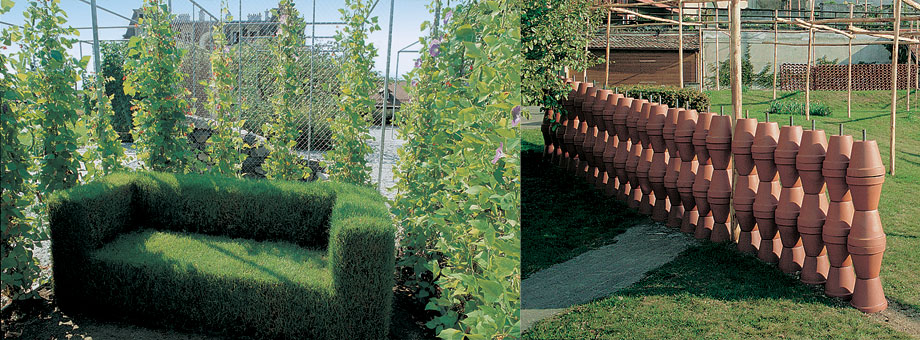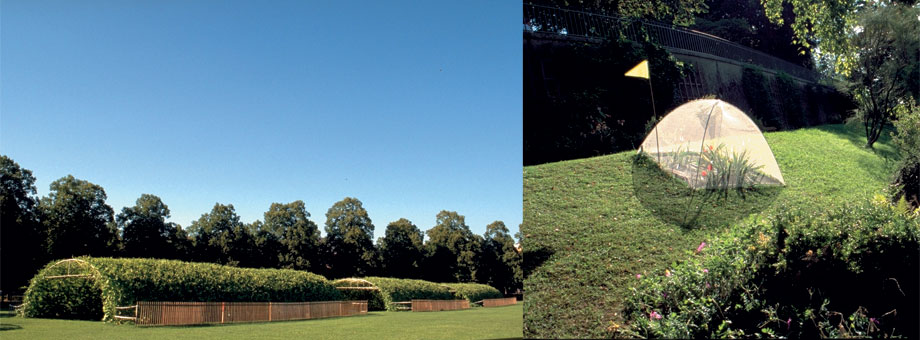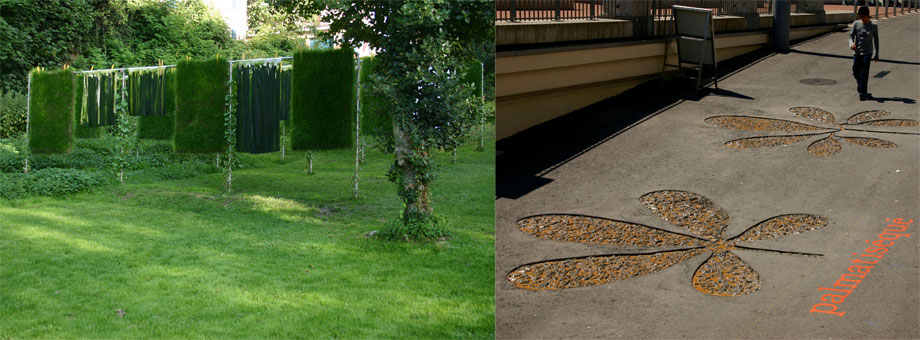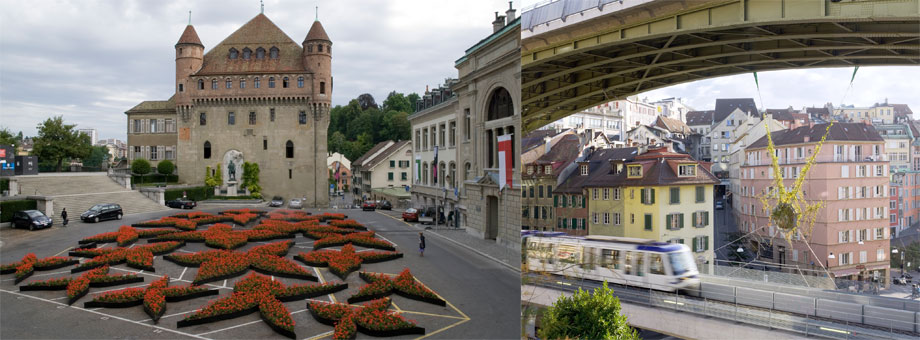The city as landscape
One day in June 1997, Lausanne woke up to gardens.
In autumn 1994, a handful of friends from a wide variety of backgrounds had this initial inspiration, which eventually gave rise to Lausanne Jardins.
There were some simple, clear solutions that seemed likely to grow bountifully, possibly giving rise to new developments such as: displaying modern art within temporary structures in a variety of urban locations; so revealing the previously undervalued diversity of the cityscape -thinking about the city as a landscape
The event based round a top-level competition, found the way to speak to everyone about urban gardens, and therefore the quality of city life. A tone was set, and the means were put in place, which between events were reworked and perfected.
To my mind the primary contribution of Lausanne-Jardins was to make me look with pleasure at the city, to see it as an inexhaustible source of possibilities and surprises.
Lorette Coen, curator of Lausanne Jardins in 1997 and 2000

In 1997 Lausanne Jardins moved into the city centre, providing astonished pedestrians with something new to look at. Forgotten nooks and crannies sprung back into life with foliage and colour. This invited the people of Lausanne to experience anew the geography which gives the town its unique shape- how it slopes down to the lake, with the paths across the glacier cliffs.

In the year 2000, the next event in the series was committed to deepening this awareness, by creating gardens on four very particular sites: a parade ground, a hill with a public park, rooftops on redundant industrial land under redeveloped, and an ancient cemetery.
Created by a team of artists, a “garden on rails” moved around Lausanne Station before crossing Switzerland. The train and its carriages stopped in main railway stations, each carriage planted up with different varieties: pelargoniums, meadow flowers, cabbages, artichokes, tobacco plants, and banana palms and so on, and in doing so disseminated the concept behind the gardens of Lausanne. Outside Switzerland the experiment was followed closely, and was covered in major publications and specialist magazines. The gardens were put on show in a number of countries, as well as being presented and discussed in academic conferences.

In 2004 there was a change of team, but no change in their approach. A prophetic decision was taken, which has become part of the history of Lausanne. Lausanne Jardins set up all the way along the wastelands of railway yards, running from the Flon platform up to the Renens area. The gardens announced the renewal of the west of Lausanne, a renewal to which the gardens made a large contribution, by preparing peoples’ minds for it, by bringing the public eye to this industrial area, and by showing the potential hidden in these marginal places.
Curator: Francesco Della Casa

2009 Lausanne-Jardins forged a link with the new M2 metro line which changed the way people lived in the city. The installations created along the route, sometimes underground and sometimes wide open to the lake and the Alps, were to change the way people looked at urban spaces in all its variety.
Curator: Francesco Della Casa